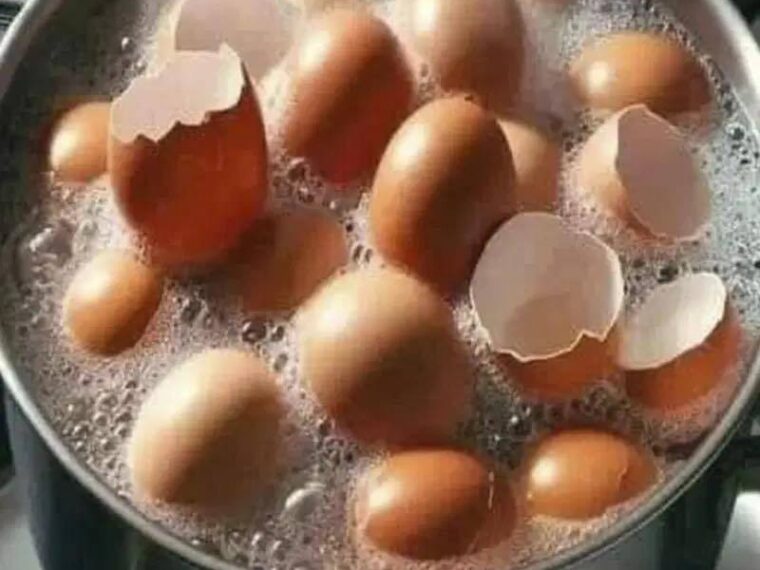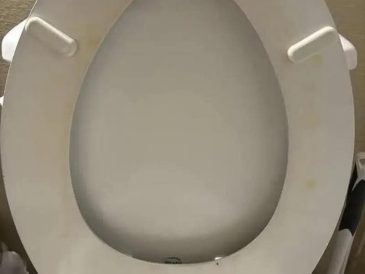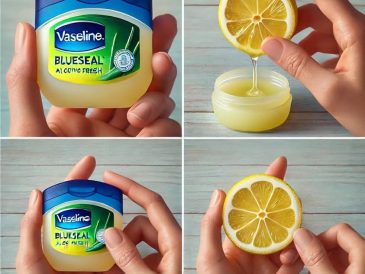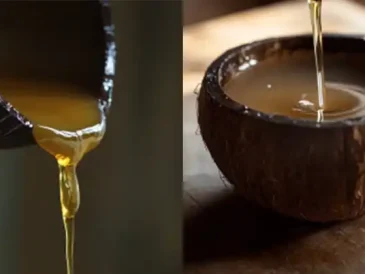Each year, tons of eggshells are discarded as kitchen waste. But what if we told you these brittle white shells are actually tiny treasure troves of nutrition for both your body and your garden? Instead of tossing them into the trash, learn how to transform eggshells into powerful natural tools that boost wellness and nourish your plants.
🥚 What Are Eggshells Made Of?
Eggshells are composed of approximately:
- 95% calcium carbonate, a form of calcium that is bioavailable to plants and beneficial for human bones.
- Other minerals such as magnesium, phosphorus, potassium, and trace elements like zinc and selenium.
- Protein-rich membranes lining the inside, which contain collagen, glucosamine, and other compounds used in joint health.
🧠 FACT: According to a study published in Food and Function (2013), eggshell powder can be a viable natural calcium supplement, especially for those with osteoporosis or calcium deficiency.
1. How to Use Eggshells for Your Health
✅ A. Eggshell Powder as a Calcium Supplement
Benefits:
- Strengthens bones and teeth
- May reduce the risk of osteoporosis
- Aids in muscle function and nerve signaling
How to prepare:
- Wash and boil the eggshells for 5–10 minutes to eliminate bacteria.
- Dry them completely (you can oven-dry at 200°F/90°C for 10 minutes).
- Blend into a fine powder using a coffee grinder or blender.
- Store in a clean jar.
How to use:
- Add ½ teaspoon daily to smoothies, yogurt, or juice.
- One teaspoon provides about 800–1,000 mg of calcium.
📌 Always consult a doctor before starting any supplement regimen, especially if you have kidney issues or are taking calcium-based medications.
✅ B. Use the Membrane for Skin and Joint Health
The thin lining inside the shell contains collagen, hyaluronic acid, and glucosamine, all known for promoting:
- Skin elasticity
- Joint mobility
- Tissue repair
DIY Trick:
- Peel out the membrane and apply it directly to minor cuts or pimples.
- Let it dry and remove after 30 minutes—this creates a natural healing patch.
🌿 2. How to Use Eggshells in Your Garden
Eggshells are a natural fertilizer, pest repellent, and even seed-starter!
✅ A. Fertilizer for Your Soil
Eggshells slowly release calcium and other minerals, enriching the soil and preventing blossom-end rot in tomatoes, peppers, and squash.
How to use:
- Crush shells into small pieces.
- Mix into the planting hole or topsoil around plants.
✅ B. Compost Booster
Eggshells add minerals and texture to compost, aiding in aeration and breakdown of organic material.
Tip: Crush shells before adding to compost to accelerate decomposition.
✅ C. Pest Control
Slugs, snails, and cutworms hate crawling over sharp edges.
How to use:
- Sprinkle crushed shells around plant bases as a natural barrier.
✅ D. Seed Starters
You can even plant seeds directly in halved eggshells!
How to do it:
- Crack eggs near the top, rinse the shells.
- Poke a drainage hole.
- Fill with soil and seeds.
- Once the seedlings grow, plant the whole shell into the garden—the shell will biodegrade and feed the plant.
🌱 STUDY TIP: According to the University of Florida IFAS Extension, using eggshells as soil amendments increases calcium levels and supports healthy root development.
Bonus Ideas: Other Creative Uses for Eggshells
- Natural abrasive cleaner: Mix crushed eggshells with vinegar and soap to scrub pans or sinks.
- Face scrub: Blend powder with honey or aloe vera gel.
- Bird feed supplement: Sterilize, crush, and mix into birdseed for calcium-rich feeding.
🛑 Safety Tips
- Always wash and boil eggshells before using them for consumption or topical use to remove salmonella or bacteria.
- Do not exceed daily calcium limits—adults should aim for 1,000–1,200 mg per day from all sources.
✅ Conclusion
Next time you crack an egg, think twice before tossing that shell. Whether you’re looking to strengthen your bones, nourish your garden, or protect your plants, eggshells offer a natural, sustainable, and powerful alternative to commercial products. It’s time to turn trash into treasure—one eggshell at a time.





